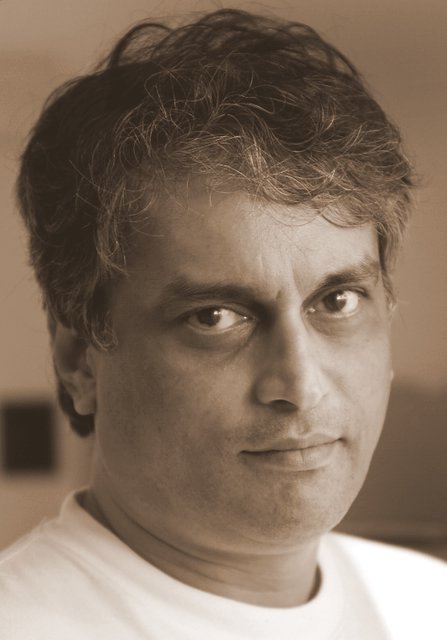customer's dilemma
Can innovation sell? In the dotcom era, the idea was christened the next big thing and oversold. It explained the power of the idea but failed to explain the boring part: how to move things from Points A to Z. While A represented imagination, Z was all about execution. When dotcoms went bust, innovation became suspect.
What was once a motivation tool for generals, and an intrinsic part of their strategic vocabulary, became a worn-out cliché nobody was prepared to buy. Innovation had not only become a generic word, it was no longer fashionable.
How stale is innovation? We may have to come up with some other expression for breakthrough transformation, says Vijay Govindarajan, author of 10 Rules For Strategic Innovation. Sometimes it can be entrepreneurial and out of the box—
just like the last 15 minutes in Tamil films.
Typically, as Govindarajan points out, this is the most exciting part of the film. The heroine gets kidnapped in a Merc by the villains. But her rescuer, the hero, uses a horse to outrun the powerful car. He rides down the hill, across fields, and through other hurdles, to win the day. “If that isn’t an innovative solution, what is?”
The horse versus Merc anecdote describes the odds that innovators have to battle against, which is amply visible in India’s entrepreneurial success. But without the choreography of execution, innovation can’t budge, let alone gallop.
In his well-researched book, Govindarajan details what comes between an idea and execution. Tomorrow’s businesses must forget, borrow, and learn. They must forget, or discard, templates that create success for the parent; they must borrow best practices and assets from the parent; and they must learn to create their own templates of success, improving with every step.
It’s really the last step that drives innovation in the organization. But for all his emphasis on execution, Govindarajan is a firm believer in the revitalizing role of innovation. An organization that creates a startup culture within, by taking the forget-borrow-learn path, prolongs its life. “And I’m all for increasing the longevity of organizations. The loss of an organization is the loss of knowledge, talent, and jobs. It’s huge.”
Of course, there are cases where independent startups have sounded the death-knell for organizations. Take Google which did not have any parent to inspire or bankroll it. Or Yahoo, which created a crowd of followers with its content aggregation model. Does the future then lie outside the organization, where upstarts like Google keep prowling and scoring hits?
It all depends on a firm’s ability to sense the birth of a new market. It hinges on the speed at which it breaks the tyranny of customer satisfaction. After all, customer satisfaction is the emotional connect with the loyal customer. Firms that keep satisfying her ought to win. But what if the loyal customer is not a savvy customer? What if she is not able to sense change and demand tomorrow’s products from the firm?
Such customers can disrupt a well-established player, as Clayton Christensen documents so well in The Innovators’ Dilemma. For organizations venturing into the digital era, it’s really a question of what, and how many, customers to forget.
It also depends on whether innovation is bred within the organization, on its periphery, or outside, in a skunk works.
Until that is decided, least expected competitors like Google and eBay will challenge the organization. And hasten its demise.

